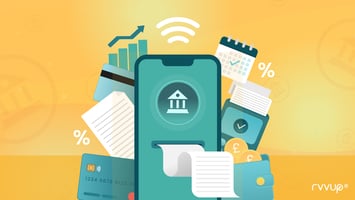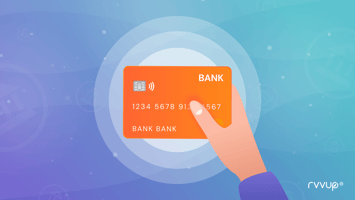Pay by Bank
One of the newer financial terms used today is Pay by Bank and it’s an alternative payment mechanism that facilitates immediate transfers of funds in a highly secure environment.
The Alternative to Credit and Debit Card Use Online
Credit cards and debit cards continue to be popular payment options for consumers – but these payment types were never designed for online use and there are security issues, amongst others. For example, payment fraud is one of the biggest problems for credit and debit card use online. When paying online using a credit or debit card, you must key in your card number, expiry date and CVV and it’s easy for online scammers to steal this data and use it for fraudulent purposes. One of the ways of avoiding online credit/debit fraud is 3D Secure technology but again, it’s not always perfectly secure. Another method is bank transfers, but there’s still risk attached because the law surprisingly doesn’t allow for chargebacks if fraud has been committed. There are also app-based payment systems, and they serve good purpose, but customers must set up separate accounts and maintain them. So what’s the alternative? Pay by Bank!
Understanding Pay by Bank
Pay by Bank is a method that enables direct bank-to-bank fund transfers. It’s simple and easy, designed for customers to transact smoothly and securely. The system allows customers to transfer money from their bank account direct to the merchant’s bank account without keying in any financial information.
The system gives third-party providers access to customers’ financial data and, the other benefit of Pay by Bank is it can also provide customers access to other financial tools and services. Governed by EU and UK laws it gives consumers another method to pay for goods online, rather than having to use their own credit or debit card details.
How it Works

When a consumer reaches the checkout page, they select the Pay by Bank option (if it’s available – not all merchants use it yet). Upon selection of the Pay by Bank option, customers are shown a list of banks. They choose their bank from the list. Once they’ve made their selection; they authenticate their payment by validating their identity, usually using the very simple Face ID on their customer’s own online banking app or website. They login to authenticate as normal, approve the transaction and funds are automatically and immediately transferred from the consumer’s bank account to the merchant’s bank account. The customer is then redirected back to the checkout page where the checkout process is completed.
Pay by Bank also uses other ways to complete payments, such as through QR codes or links sent via SMS or even in chat apps. So why use Pay by Bank?
Why Use Pay by Bank?

Here are some reasons why Pay by Bank is beneficial:
- Far enhanced bank grade security, because the customer never has to disclose their bank details or other details to the merchant. This reduces the risk of fraud.
- Funds are immediately transferred, there’s no waiting for clearance or credit card settlement.
- There’s no need to register for Pay by Bank.
- There are much lower transaction fees (unlike many credit cards).
- There are no chargebacks.
Pay by Bank – In summary
This new technology is a very exciting advancement in increasing security for online payments. While it’s relatively new, the intention is that it will roll out across the world and more and more merchants will adopt it as a safe method for consumers to pay for goods and services online. The benefits for merchants are very powerful - dramatically lower costs vs cards, instant settlement, bank grade security with no chargeback risks. There’s no reason businesses won’t accept this means of payment - the only challenge for Pay by Bank is an awareness one!



